Suresh G. Advani, E. Murat Sozer9780824708603, 0-8247-0860-1
Table of contents :
Process Modeling In Composites Manufacturing……Page 1
Dedication……Page 5
Preface……Page 6
Contents……Page 7
Contents……Page 0
1.1 Motivation And Contents……Page 12
1.2 Preliminaries……Page 13
1.3 Polymer Matrices For Composites……Page 15
1.3.1 Polymer Resins……Page 18
1.3.2 Comparison Between Thermoplastic And Thermoset Polymers……Page 20
1.4 Fibers……Page 22
1.4.1 Fiber- Matrix Interface……Page 23
1.5.1 Short Fiber Composites……Page 24
1.5.2 Advanced Composites……Page 26
1.6 General Approach To Modeling……Page 27
1.8.1 Questions……Page 29
1.8.2 Fill In The Blanks……Page 30
2.1 Background……Page 33
2.2 Classification Based On Dominant Flow Process……Page 34
Process……Page 35
Precursor Materials……Page 38
Transport Issues……Page 39
Applications……Page 41
Process……Page 42
Transport Issues……Page 43
2.3.3 Compression Molding……Page 44
Precursor Material Forms……Page 45
Process……Page 46
2.4 Advanced Thermoplastic Manufacturing Methods……Page 47
Process And Precursor Materials……Page 48
Sheet Forming Methods……Page 49
Transport And Other Issues……Page 50
Process……Page 51
Transport Issues……Page 52
Process……Page 54
Transport Issues……Page 55
2.5.1 Autoclave Processing……Page 56
Process……Page 57
Transport Issues……Page 58
Process……Page 59
Process……Page 62
2.6.1 Questions……Page 64
2.6.2 Fill In The Blanks……Page 68
3.1 Introduction To Process Models……Page 73
3.2 Conservation Of Mass (continuity Equation)……Page 74
3.2.1 Conservation Of Mass……Page 75
3.2.2 Mass Conservation For Resin With Presence Of Fiber……Page 79
3.3 Conservation Of Momentum (equation Of Motion)……Page 80
3.4.1 Kinematics Of Fluid……Page 85
3.4.2 Newtonian Fluids……Page 90
3.5.1 Boundary Conditions……Page 94
3.5.2 Solution Procedure……Page 97
3.6 Conservation Of Energy……Page 105
3.6.1 Heat Flux-temperature Gradient Relationship……Page 111
3.6.2 Thermal Boundary Conditions……Page 113
3.7.1 Questions……Page 117
3.7.2 Problems……Page 118
4.1 Introduction……Page 120
4.2 Resin Viscosity……Page 121
4.2.1 Shear Rate Dependence……Page 123
4.2.2 Temperature And Cure Dependence……Page 127
4.3 Viscosity Of Aligned Fiber Thermoplastic Laminates……Page 130
4.4.1 Regimes Of Fiber Suspension……Page 138
4.4.2 Constitutive Equations……Page 145
4.5 Reaction Kinetics……Page 146
4.5.1 Techniques To Monitor Cure: Macroscopic Characterization……Page 150
4.5.2 Technique To Monitor Cure: Microscopic Characterization……Page 152
4.5.3 Effect Of Reinforcements On Cure Kinetics……Page 153
4.6.2 Solidification And Crystallization……Page 155
4.6.3 Background……Page 156
4.6.4 Crystalline Structure……Page 157
4.6.5 Spherulitic Growth……Page 158
4.6.6 Macroscopic Crystallization……Page 159
4.7 Permeability……Page 160
4.7.1 Permeability And Preform Parameters……Page 164
4.7.2 Analytic And Numerical Characterization Of Permeability……Page 165
4.7.3 Experimental Characterization Of Permeability……Page 166
4.8 Fiber Stress……Page 170
4.9.1 Questions……Page 173
4.9.2 Fill In The Blanks……Page 176
4.9.3 Problems……Page 178
5.1 Introduction……Page 181
5.1.1 Usefulness Of Models……Page 182
5.2.1 Problem Definition……Page 183
5.2.3 Solution Of The Equations……Page 185
5.2.4 Model Assessment……Page 186
5.2.5 Revisions Of The Model……Page 187
5.3 Model And Geometry Simplifications……Page 188
5.4 Dimensionless Analysis And Dimensionless Numbers……Page 191
5.4.1 Dimensionless Numbers Used In Composites Processing……Page 198
5.5.1 Quasi-steady State……Page 206
5.5.2 Fully Developed Region And Entrance Effects……Page 207
5.5.3 Lubrication Approximation……Page 208
5.6.1 In Contact With The Solid Surface……Page 209
5.6.4 Flow Out Of The Solid Surface……Page 210
5.6.7 Temperature Boundary Conditions……Page 211
5.7 Convection Of Variables……Page 213
5.8 Process Models From Simplified Geometries……Page 214
5.8.1 Model Construction Based On Simple Geometries……Page 217
5.9.1 Transformation Of Coordinates……Page 219
5.9.2 Superposition……Page 221
5.9.3 Decoupling Of Equations……Page 223
5.10 Solution Methods……Page 224
5.10.1 Closed Form Solutions……Page 225
5.11 Numerical Methods……Page 227
5.12.1 Various Approaches For Validation……Page 229
5.13.1 Questions……Page 231
5.13.2 Problems……Page 233
6.1 Introduction……Page 235
6.2.1 Basic Processing Steps [i]……Page 237
6.2.2 Applications [1]……Page 238
6.2.4 Thin Cavity Models……Page 239
6.2.5 Hele-shaw Model……Page 242
6.2.6 Lubricated Squeeze Flow Model……Page 246
6.2.7 Hele-shaw Model With A Partial Slip Boundary Condition [2]……Page 251
6.2.8 Heat Transfer And Cure……Page 256
6.2.9 Cure……Page 259
6.2.10 Coupling Of Heat Transfer With Cure……Page 260
6.2.11 Fiber Orientation……Page 262
6.3 Extrusion……Page 263
6.3.1 Flow Modeling……Page 265
6.3.2 Calculation Of Power Requirements [3]……Page 268
6.3.3 Variable Channel Length [3]……Page 270
6.3.4 Newtonian Adiabatic Analysis [3]……Page 271
6.4.1 Process Description……Page 273
6.4.3 Applications……Page 275
6.4.4 Critical Issues……Page 276
6.4.5 Model Formulation For Injection Molding……Page 277
6.4.6 Fiber Orientation……Page 288
6.5.1 Questions……Page 293
6.5.2 Fill In The Blanks……Page 295
6.5.3 Problems……Page 297
7.1 Introduction……Page 299
7.2 Composite Sheet Forming Processes……Page 300
7.2.2 Matched Die Forming……Page 301
7.2.3 Stretch And Roll Forming……Page 303
7.2.4 Deformation Mechanisms……Page 304
7.3 Pultrusion……Page 307
7.3.2 Cell Model [4]……Page 308
7.4.1 Transient Heat Transfer Equation……Page 316
7.4.2 Viscous Dissipation……Page 318
7.5 On-line Consolidation Of Thermoplastics……Page 319
7.5.2 Importance Of Process Modeling……Page 322
7.5.4 Model Assumptions And Simplifications……Page 324
7.5.5 Governing Equations……Page 325
7.5.6 Boundary Conditions……Page 330
7.5.7 Rheology Of The Composite……Page 331
7.5.8 Model Solutions……Page 332
7.5.10 Extended Consolidation Model……Page 339
7.6.1 Questions……Page 341
7.6.2 Fill In The Blanks……Page 342
7.6.3 Problems……Page 345
8.1 Introduction……Page 346
8.2 Autoclave Molding……Page 347
8.2.2 Material And Process Parameters……Page 348
8.2.4 Critical Issues……Page 355
8.2.5 Flow Model For Autoclave Processing……Page 356
8.3.1 Similarities And Differences Between Various Lcm Processes……Page 363
8.3.2 Important Components Of Lcm Processes……Page 368
8.3.3 Modeling The Process Issues In Lcm……Page 374
8.3.4 Process Models……Page 382
8.3.5 Resin Flow……Page 383
8.3.6 Heat Transfer And Cure……Page 389
8.3.7 Numerical Simulation Of Resin Flow In Lcm Processes……Page 397
8.4.1 Introduction……Page 400
8.4.2 Process Models……Page 402
8.5 Summary And Outlook……Page 409
8.6.1 Questions……Page 410
8.6.2 Fill In The Blanks……Page 412
8.6.3 Problems……Page 414
Bibliography……Page 416
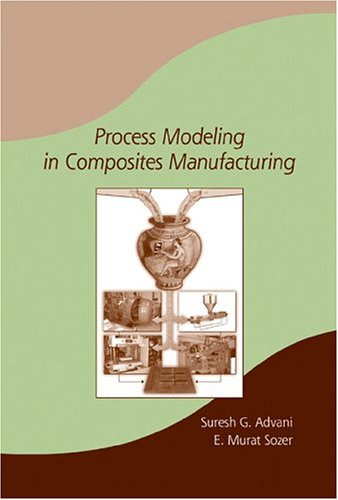

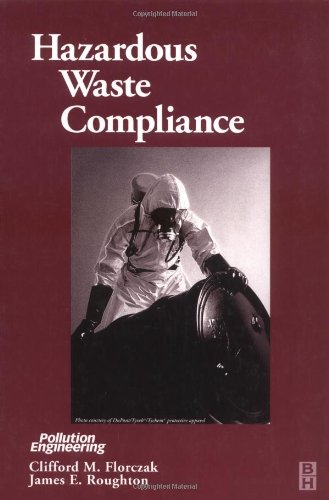

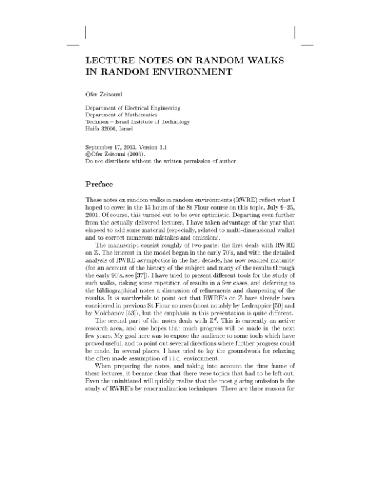
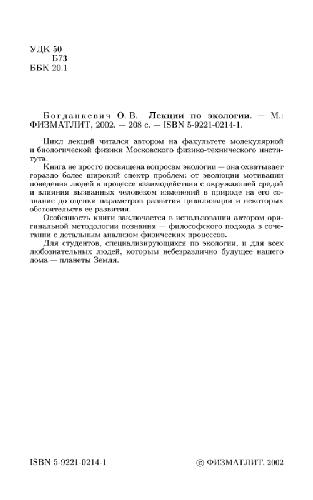
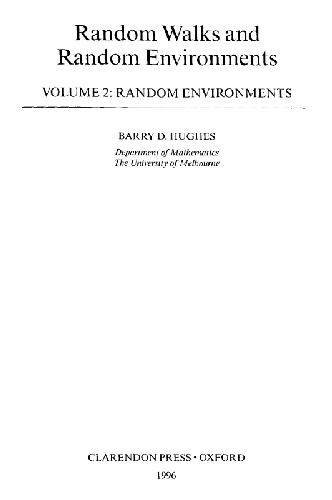
Reviews
There are no reviews yet.